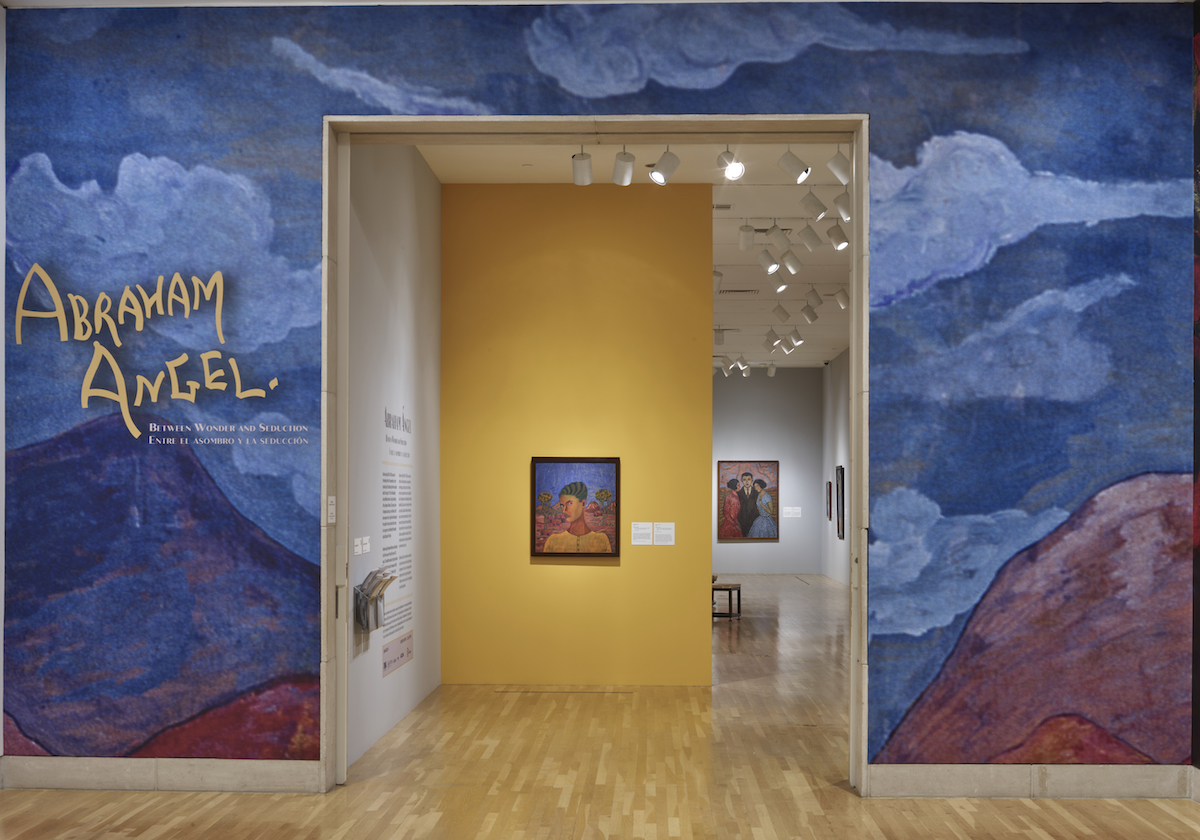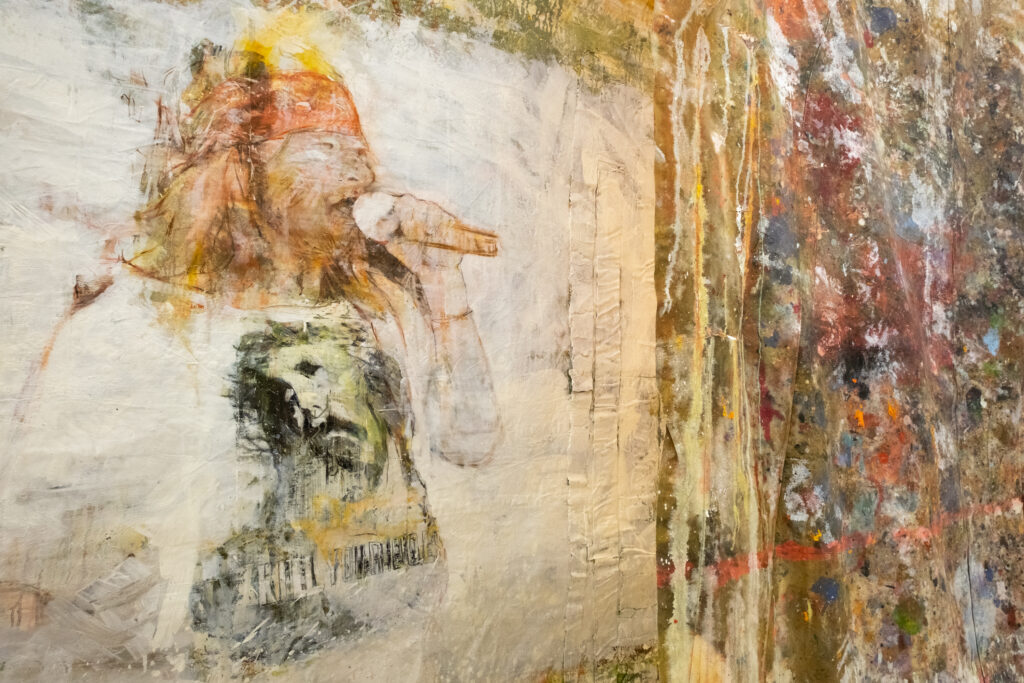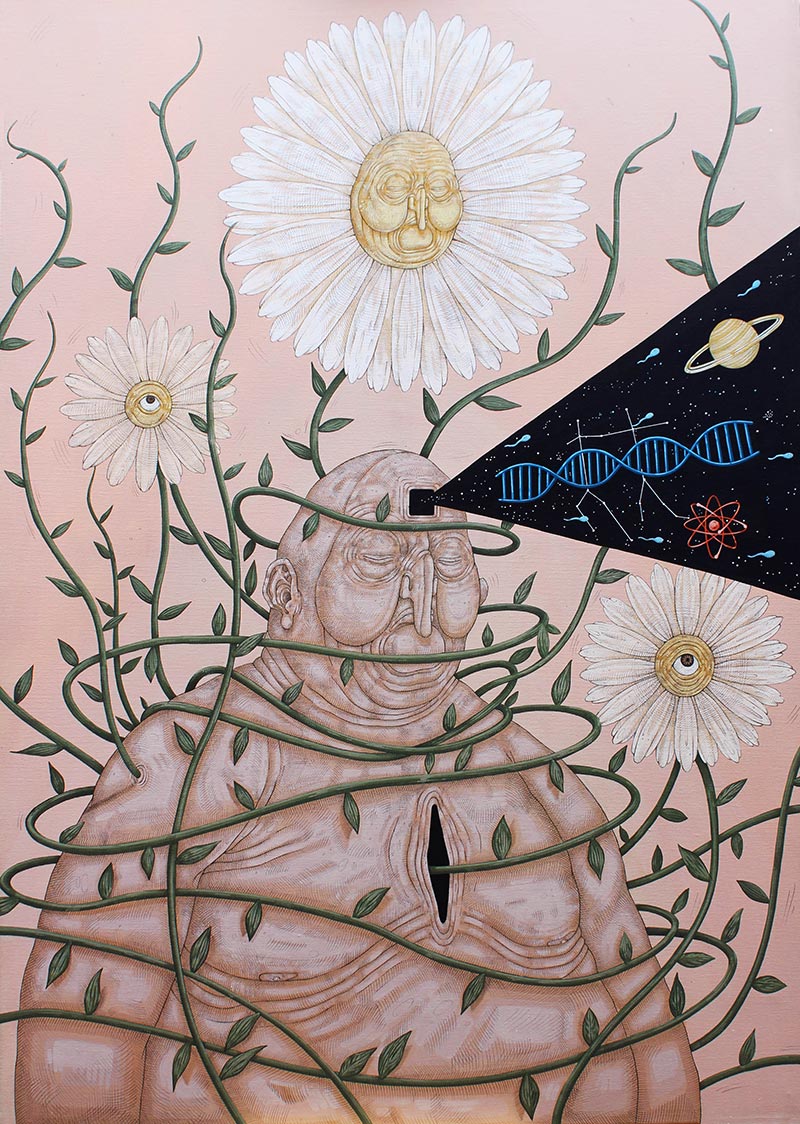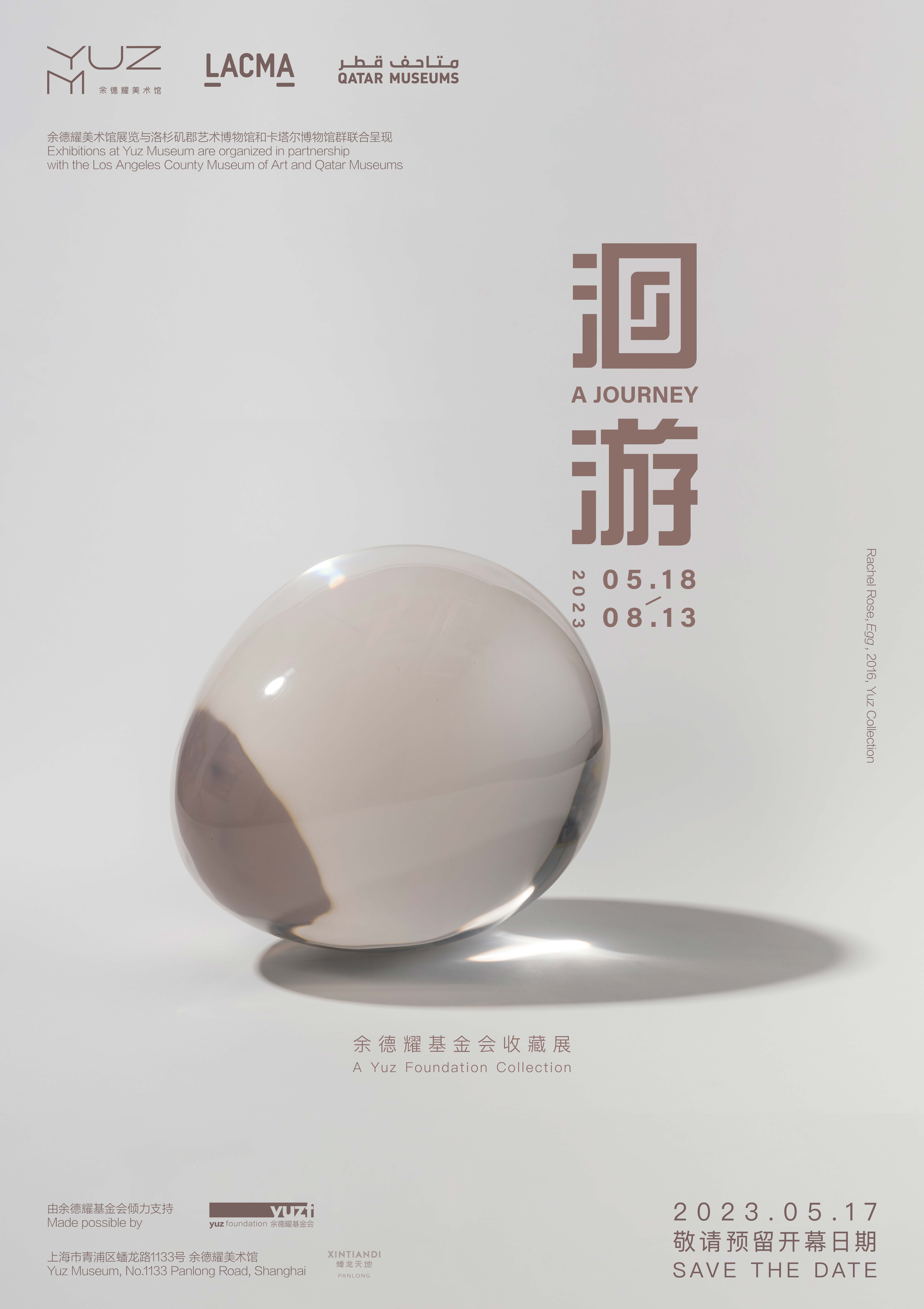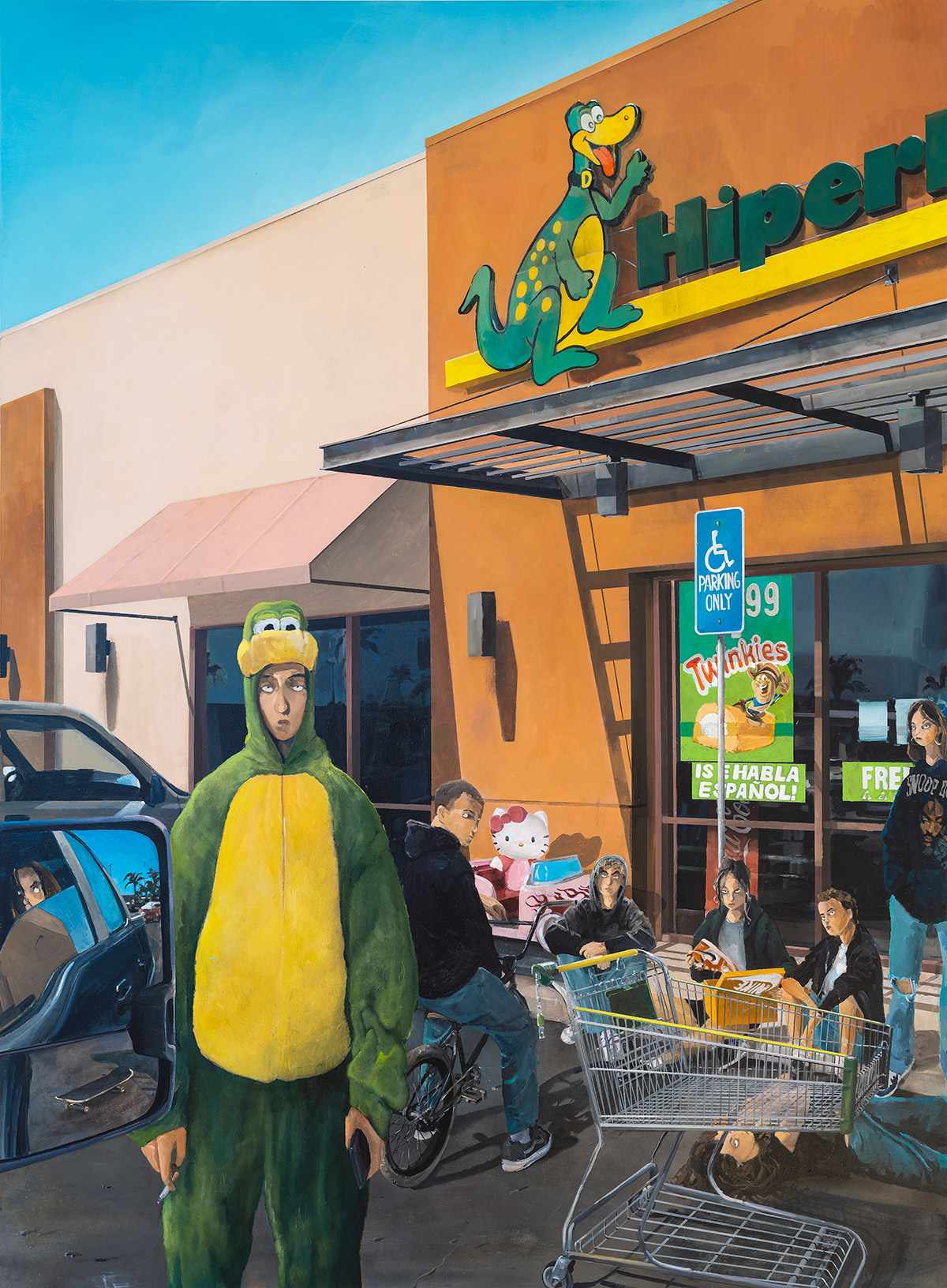Trópico entrópico
2012 - Installation (Installation)
Felipe Arturo
Defined as entropy, the second law of thermodynamics proposes that energy is more easily dispersed than it is concentrated. One basic illustration of entropy is to imagine white and black sand: once mixed together, it is highly unlikely that the contrasting grains of sand can be separated and restored to their original distinct color groups. Arturo’s Trópico Entrópico ( Entropic Tropics , 2012) considers the colonization of the American continent as a similarly irreversible process of cultural entropy. His inspiration derives from a place near Manaus in the Brazilian Amazon, where the Black River meets with the sandy-colored Solimões River, producing a river of two colors that extends over ten kilometers. In the late nineteenth century, the Brazilian rubber barons decided to commemorate this impressive natural phenomenon by covering the main square of Manaus with a design of black-and-white waveforms made from stones. The square is known as the Encontro das aguas (Meeting of the Waters). Decades later, Roberto Burle Marx used this same pattern in his famous Copacabana walkway in Rio de Janeiro. Since then, the design has spread across the continent to Lima, Bogotá, Cali, and beyond. Trópico entrópico uses this pattern to produce entropy in the exhibition space. Sugar, the material used, signifies one of many economic motivators for colonialism. Visitors are invited to collectively dissolve this modern design by walking on the brown and white sugar, and participating in its entropic mixing.
Felipe Arturo considers elements from urbanism, architecture, and art in relation to politics, history, geography, and economy. His works and projects often manifest as sculptures, installations, or videos, departing from concepts such as structure, sequence, and matter. They are deeply influenced by vernacular architecture and construction techniques, and reflect processes of assimilation and resistance to colonial and postcolonial processes. He frequently combines the language and materials of Modernism (e.g., concrete) with the informal methods of autoconstrucción (self-construction).
Colors:
Related works sharing similar palette

© » KADIST
Eduardo Navarro
2020The installation Breathspace by Eduardo Navarro encompasses all the content presented at the artist’s first solo exhibition, of the same name, at Gasworks, UK...

© » KADIST
Aykan Safoglu
2013Off-White Tulips is an intimate, meditative, and tender essay-film composed as a fictional exchange between Black gay writer James Baldwin and the artist, Aykan Safoglu...

© » KADIST
Edward Kienholz
1984Untitled (San Francisco) was made in Idaho in 1984 and was facetiously dedicated to Henry Hopkins, the then director of the San Francisco Museum of Art who added “modern” to its name...

© » ARTSY
Diana Al-Hadid’s Monumental, Spiky Bronzes Examine Feminine Strength and Fragility | Artsy Skip to Main Content Advertisement Art Diana Al-Hadid’s Monumental, Spiky Bronzes Examine Feminine Strength and Fragility Rawaa Talass Nov 16, 2023 5:13PM Diana Al-Hadid The Bride in the Large Glass , 2023 Kasmin Price on request Portrait of Diana Al-Hadid by Diego Flores...

© » KADIST
Christopher Badger
2011In mathematics, the so-called geometric problems of antiquity are shapes that elude the classical tools of an unmarked straightedge and compass...

© » KADIST
State (in) Concepts Opening reception on Friday, October 20, 2017 from 6 to 9pm with Margarita Bofiliou, Laure Prouvost & Jonas Staal, Alexandros Tzannis and screenings with Zbynek Baladrán, Filipa César, Keren Cytter, Cao Fei, Basim Magdy cur: iLiana Fokianaki Starting from the question ‘what could a European artistic program be?’, KADIST invites iLiana Fokianaki, Founder and Director of State of Concept, a non-profit institution located in Athens, to present a retrospective of her program that began in 2013...
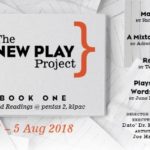
© » ARTS EQUATOR
Weekly Picks: Malaysia (30 July – 5 Aug 2018) | ArtsEquator Thinking and Talking about Arts and Culture in Southeast Asia Weekly To Do July 30, 2018 The New Play Project : Book One, at klpac, 1–5 Aug Four staged readings from a project that focuses on storytelling by four KL writers; Ridhwan Saidi, Adiwijaya Iskandar, Juno Hoay-Fern Ooi and Terence Toh...

© » KADIST
Alicia McCarthy
2010A painting reminiscent of a certain “naive primitivism,” Untitled (the way in is the way out) is representative of McCarthy’s work...

© » KADIST
Hank Willis Thomas
2012Bread and Roses takes its name from a phrase famously used on picket signs and immortalized by the poet James Oppenheim in 1911...
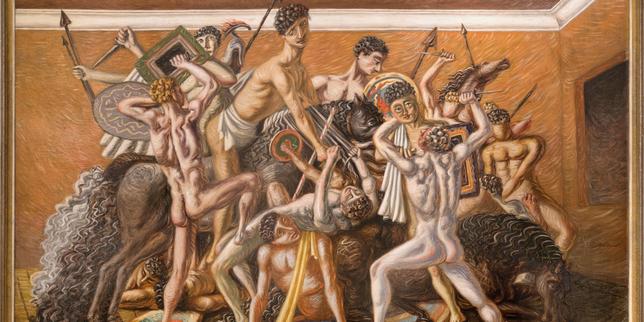
© » LE MONDE
Au Musée Picasso, à Paris, Léonce Rosenberg ou les mésaventures d’un marchand d’art Cet article vous est offert Pour lire gratuitement cet article réservé aux abonnés, connectez-vous Se connecter Vous n'êtes pas inscrit sur Le Monde ? Inscrivez-vous gratuitement Article réservé aux abonnés « Le Combat » (1928), de Giorgio De Chirico...

© » KADIST
Ícaro Lira
2012Icaro Lira has been developing the project “Museum of the Foreigner” since 2015, in which he recounts the trajectories of populations inside Brazil, from the north to the big cities of the south...



